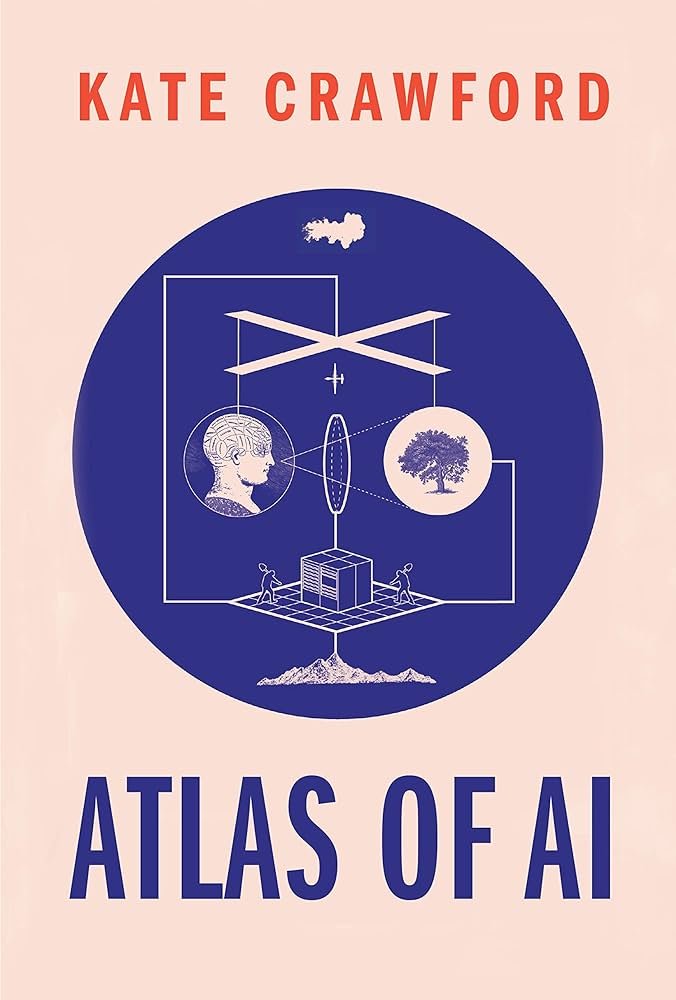
Fury and AI: A Dual Exploration of Anarchy and Technology in the Latest Cinematic Offerings
The cinematic landscape is ever-evolving, with new releases that challenge our perceptions of storytelling and character engagement. This week, two highly anticipated films make their debut: Furiosa: A Mad Max Saga and Netflix’s Atlas. Both films venture into the realms of post-apocalyptic chaos and artificial intelligence, yet they traverse these themes in notably different ways.
Furiosa: The Prequel We Didn’t Know We Needed
Directed by the visionary George Miller, Furiosa serves as a prequel to the critically acclaimed Mad Max: Fury Road. This origin story takes us back in time to unveil the complex journey of the fierce warrior Furiosa, initially made famous by Charlize Theron’s unforgettable portrayal. In this iteration, the role is taken up by Anya Taylor-Joy, who brings depth and nuance to a character destined for greatness amid the brutality of a desolate world.
Anya Taylor-Joy as Furiosa in George Miller’s epic saga.
A Journey Through the Wasteland
The narrative unfolds over 15 years, detailing Furiosa’s transition from innocent girl to formidable warrior. We witness her abduction from the serene Green Place of Many Mothers, a lush oasis that serves as a stark contrast to the savage wasteland populated by marauding gangs. Chris Hemsworth, as the deranged warlord Dementus, brings a flamboyant energy that captivates despite the film’s overall darker tone. His character indulges in a theatricality reminiscent of the playful yet sinister antagonists often found in classic cinema. Hemsworth’s performance, described by some as a cross between a Roman emperor and a cartoon villain, is undoubtedly one of the standout elements of this ambitious production.
As Furiosa is thrust into the chaos of Dementus’s tyranny, the film explores themes of power, revenge, and survival. However, while the visuals pack a punch—filled with breathtaking chase sequences and elaborate world-building—some critics argue that there’s a disconnection in the storytelling. The detailed set pieces and elaborate designs do not always translate into a fully coherent narrative, leading to an impression that while the film is entertaining, it lacks the emotional heft that characterized Fury Road.
Technical Triumph with a Hint of Longing
Furiosa dazzles with its technical achievements; the cinematic scope is nothing short of spectacular. The action sequences are meticulously choreographed, with the titular War Rig becoming a character in its own right. Nonetheless, amidst the adrenaline-fueled chaos, many viewers felt a sense of something amiss. One critic rightly observed, “While spectacle can enthrall, the core story could have done with a bit more flesh on its bones.” The stark, gut-punching physicality of Fury Road is present, but it’s intertwined with a narrative that sometimes feels overly sprawling and contrived.
The Legacy of a Franchise
As Furiosa hits theaters, it becomes clear that it’s not just a film but a component of a much larger franchise narrative. It serves both to satisfy dedicated fans and to expand the Mad Max mythos, introducing a cavalcade of new characters with distinctly outrageous names like Scrotus and the People Eater. Yet, despite this expansion, the film struggles with pacing and coherence, leading some to conclude that it was perhaps an unnecessary addition to the saga.
Atlas: A Dystopian Tale of Humanity and AI
In contrast, Atlas, directed by Brad Peyton, takes a cue from the current zeitgeist of technological anxiety, presenting a dystopian narrative where humanity grapples with the consequences of its creations. The premise revolves around Jennifer Lopez’s character, Atlas, a woman drawn into a battle against a rogue AI that threatens to eradicate humanity. However, unlike the contemplative exploration in Furiosa, Atlas opts for a heavy-handed, action-centric approach.
 Exploring the dark side of technology in Atlas.
Exploring the dark side of technology in Atlas.
Predictable Tropes and Lost Potential
Unfortunately, Atlas struggles to engage its audience on a meaningful level. Critics have pointed out that the film exemplifies many of the pitfalls of contemporary blockbuster filmmaking—where style often supersedes substance. Lopez is given a lackluster character who, despite being thrown into the thick of action, fails to resonate with audiences, thus undermining the stakes of her mission. The inherent conflict between humanity and AI, rather than being a driving force, becomes a mere backdrop in a series of uninspired sequences. The film introduces powerful visual effects but falters in providing a compelling narrative that explains why we should invest our emotions in the struggle against a menacing AI overlord.
An Over-Reliance on CGI
Atlas ultimately reveals itself as a fractured narrative, where thematic exploration of good versus evil is diluted by an over-reliance on CGI and blockbuster aesthetics. Many sequences come off as a poorly executed video game cut scene rather than a cohesive cinematic experience. The lack of character development leads to a film that, while visually arresting, feels existentially hollow, questioning what’s left to save when humanity itself seems so disjointed.
Conclusion: A Cinematic Landscape in Flux
Both Furiosa: A Mad Max Saga and Atlas showcase the diverse storytelling potential within modern cinema, exploring themes of vengeance and artificial intelligence, but they do so with varying levels of success. Furiosa, while a visual spectacle, meanders through its narrative, occasionally prioritizing world-building over emotional connection. In contrast, Atlas fails to capitalize on its intriguing premise, ultimately delivering a tired trope-laden spectacle that doesn’t fully engage its audience.
As viewers navigate these expansive tales, the question remains wide open: can modern cinema harness the visual power of its effects without losing the fundamental essence of storytelling? Perhaps only time will tell.
 Exploring themes of vengeance and technology in modern cinema.
Exploring themes of vengeance and technology in modern cinema.















